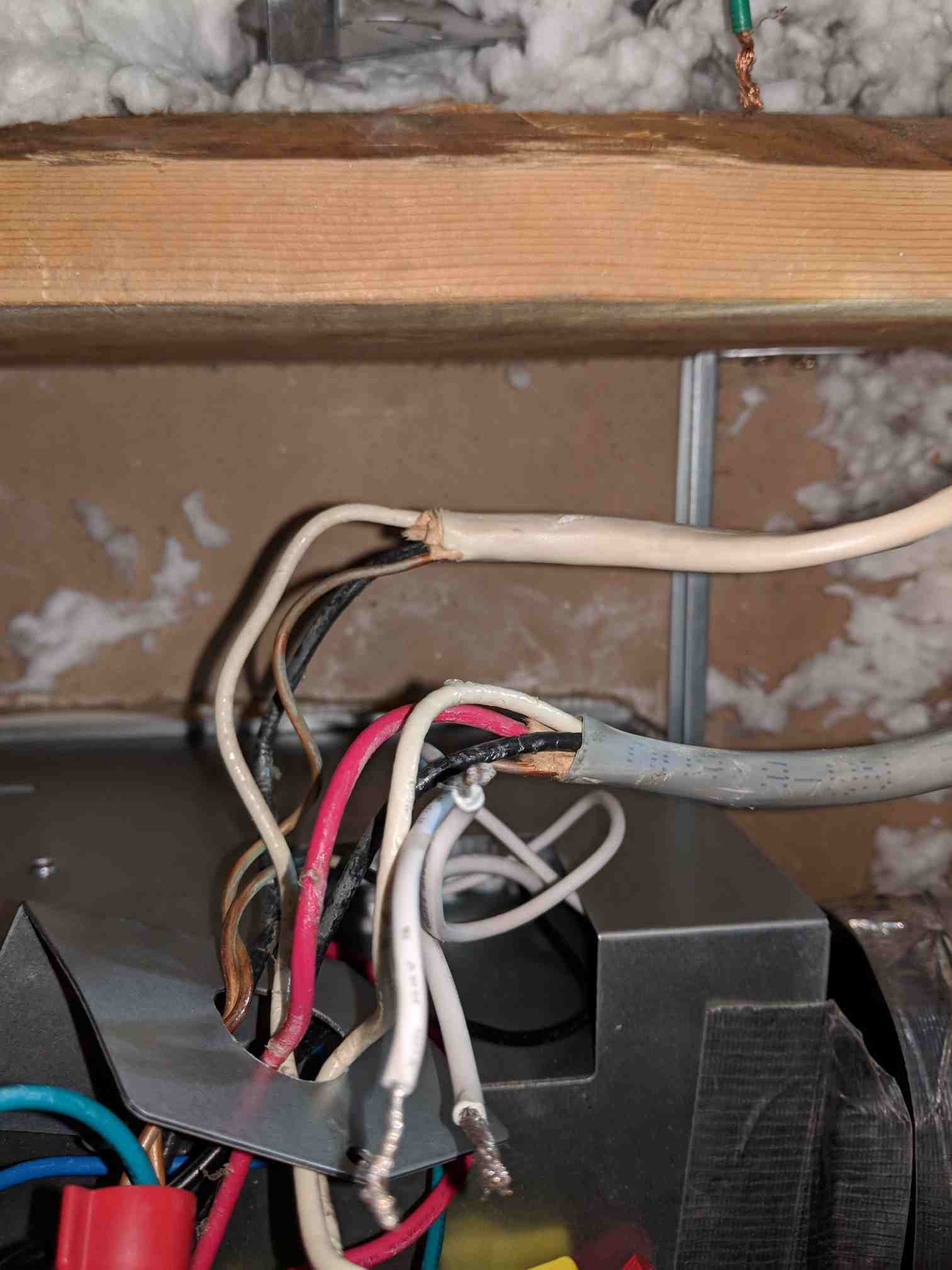
Generally, each time a person talks about lighting a bathroom, a wall structure mounted fixture above the mirror. Bathroom lighting generates emotion that impacts on the way you think while you are inside the space. An installation must comply with all parts of the code, not just one provision. Lighting is central to the part of any sort of bathroom and any area in the house of yours. Not only is wiring a separate circuit good practice, but section E3601.2 of the IRC specifies that branch circuits must have ampacities equal to the loads expected on the circuit. That's why some manufacturers specify a dedicated circuit (which doesn't require GFCI protection) for some of their combo units. An average-sized hair dryer is typically rated at 1,000 watts, and the rating of a curling iron can be even higher plug them in and turn both on at the same time and you've already exceeded the circuit's safe capacity without even switching on the combo unit. A 20-amp circuit can safely deliver 80 percent of its load, or 1,920 watts, before running a risk of tripping (20 amps x 120 volts = 2,400 watts 2,400 x. In practice, however, electricians almost always add a separate circuit matching the rating for the ventilation fan motor and demand from the unit's heat lamp (or blower) to avoid callbacks for tripping failures.

So a combo unit placed on the circuit may technically meet code.
#Wiring a bathroom fan and light to one switch code#
And while outlets in other rooms can't be placed on this circuit, other minor equipment within the bathroom (like an exhaust fan) can be, according to the code - but only if the circuit serves just one bathroom. If the old fan was of the pull-switch type then the new live has to run from the light. In order to connect your new fan correctly you will need to run an extra live wire to the new fan.

Turn the power off, connect the white wires, connect the black wires, ensure it’s grounded, turn the power back on, and you’re good to go. If the bathroom fan and light are separate fixtures, you’ll need a short wire to connect the two.

It takes no active part in the operation of the fan. Wiring a bathroom fan to a light switch is very straightforward. Lynn Underwood, an engineer, licensed contractor, and building code official in Norfolk, Va., responds: Section E3703.4 of the 2015 IRC requires that at least one 20-amp circuit supply the bathroom's GFCI-protected outlets. The bare wire is an earth wire and needs to be connected to an earth terminal. Can a fan/light/heater unit be placed on the same circuit as the bathroom's required 20-amp receptacles, or does it require its own separate circuit?Ī.


 0 kommentar(er)
0 kommentar(er)
